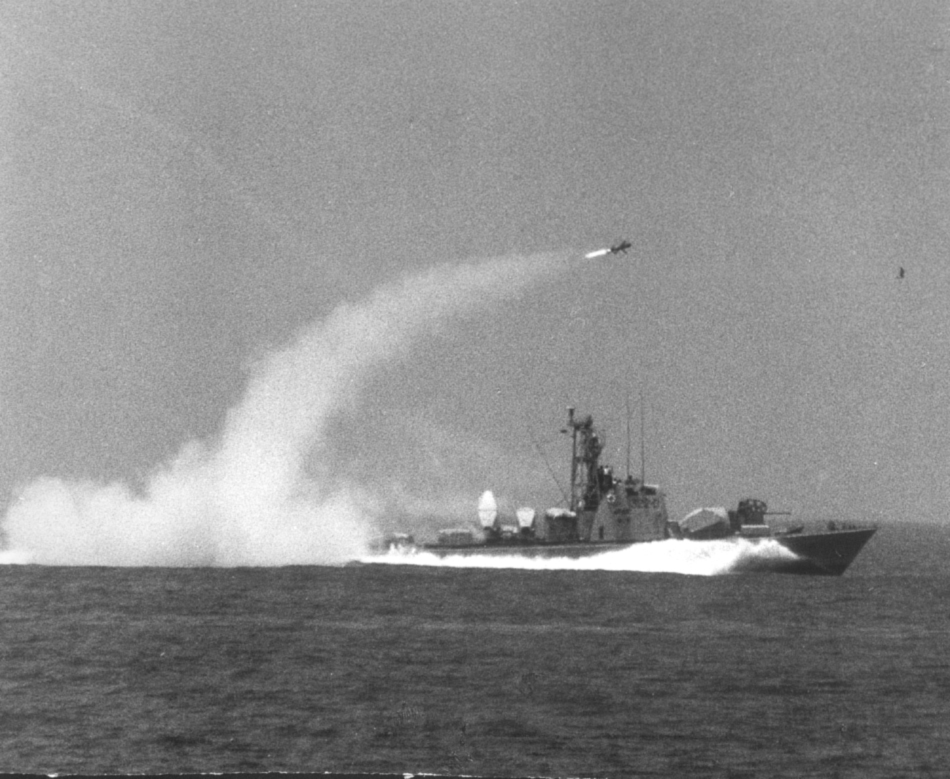 Talk about a no win situation. After seeing his "red line" go rudely unheeded, the President is facing the prospect of appearing weak if he does nothing or warmongering if he launches an attack.
Talk about a no win situation. After seeing his "red line" go rudely unheeded, the President is facing the prospect of appearing weak if he does nothing or warmongering if he launches an attack. Medical decision scientists ask: how did it come to this?
Mr. Obama is correctly admired for his "no-drama' informed style of decision-making. And good physicians, says medical science, should operate the same way. According to this recent New England Journal article, consciously deliberative and logical approaches to diagnosis and treatment selection are far more reliable than the intuitive shoot-from-the-hip pattern recognition that used to rule the bedside.
Psychologists describe the latter as "Type 1" processing while the former is "Type 2." Think George W. Bush's gut instincts over Iraq's weapons of mass destruction versus Barack Obama's disciplined rationality when he decided to attack the Bin Laden compound. He undoubtedly used the same methodology when he was pondering Syria.
But, thinks the Disease Management Care Blog, there are limits to brainy decision-making when the choices are overwhelmingly numerous. In this retail business-oriented TEDTalk, Sheena Iyengar points out that dozens of options lead to procrastination followed by bad choices followed by low satisfaction.
It can also apply to foreign policy. Given the vast array of pieces and potential moves on the Middle East chess board, little wonder that Mr. Obama would procrastinate for days saying he has "not made a decision," then apparently select an attack option disdained by even the New York Times and then engender even more second guessing by the very Congress that the President has repeatedly criticized as unreliable.
Ditto health care. The downside to shared decision making is that an overwhelming number of testing and treatment options can lead befuddled patients to a "you decide, doc" mentality that leads the physician to regress to "Type 1" decision-making.
The DMCB isn't too sure how TEDTalk's Dr. Iyengar's suggested solutions can help the folks in the White House Situation Room, but the DMCB wonders if the national security staff shouldn't have done a better job of presenting the Commander in Chief with 1) a limited number of choices that were 2) more "concrete," as well as 3) arranged into categories with the 4) low complexity options offered first.
That 4-fold approach could help docs and patients too. The DMCB looks forward to additional research in the area.
In the meantime, there is one additional medical rule that has withstood the test of time that may also be useful in dealing with Syria. The DMCB offers it up to business and politicians alike: primum non nocere.
No comments:
Post a Comment